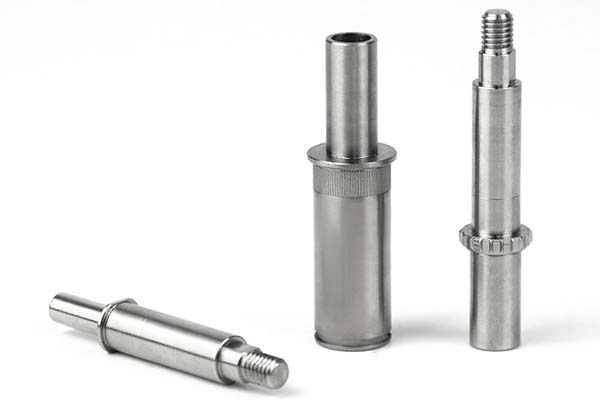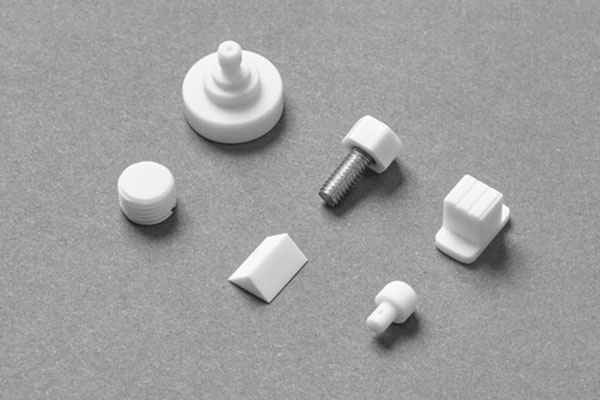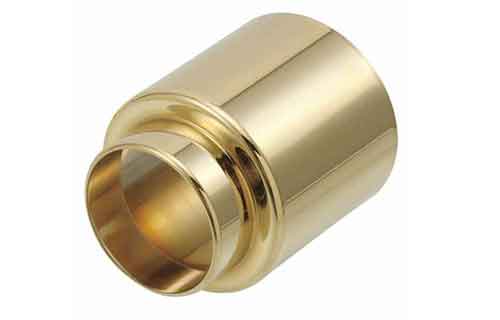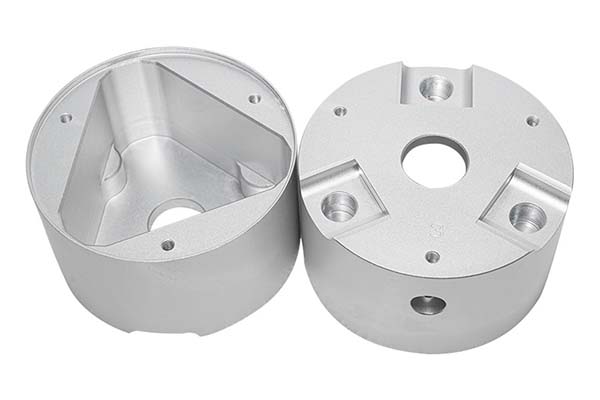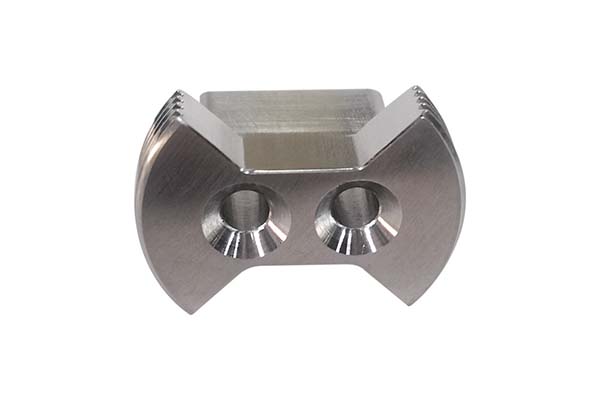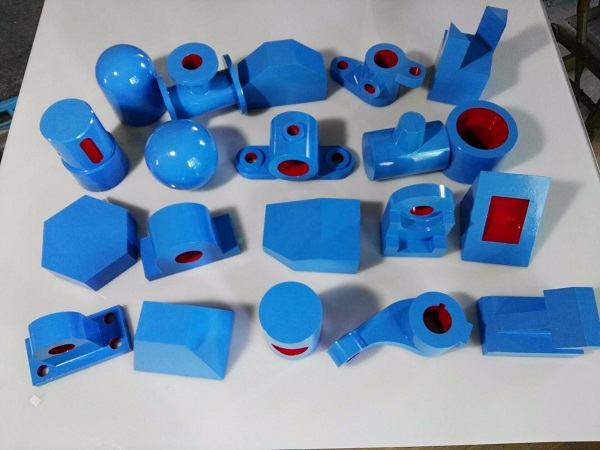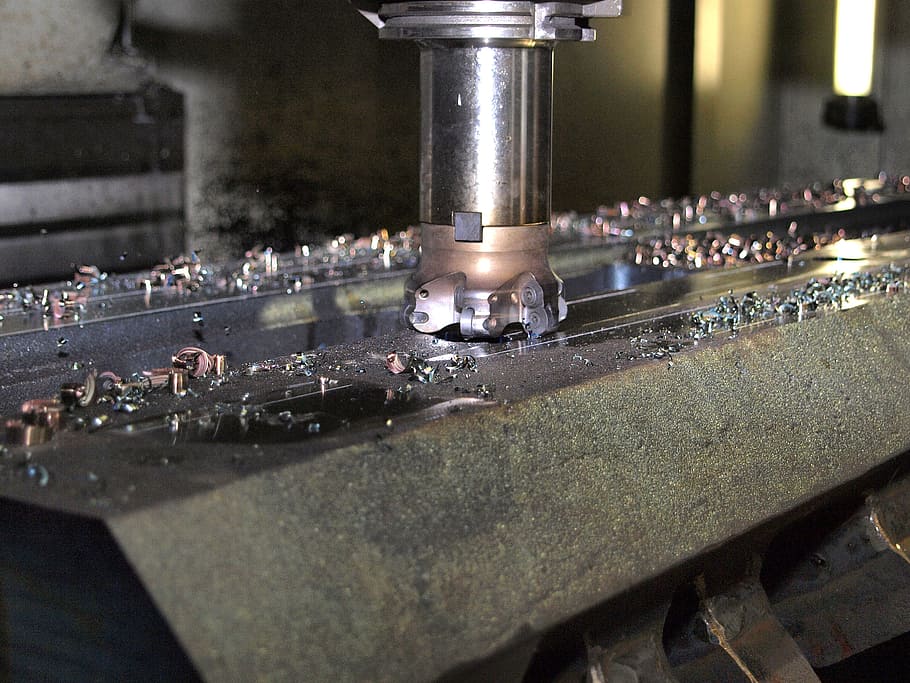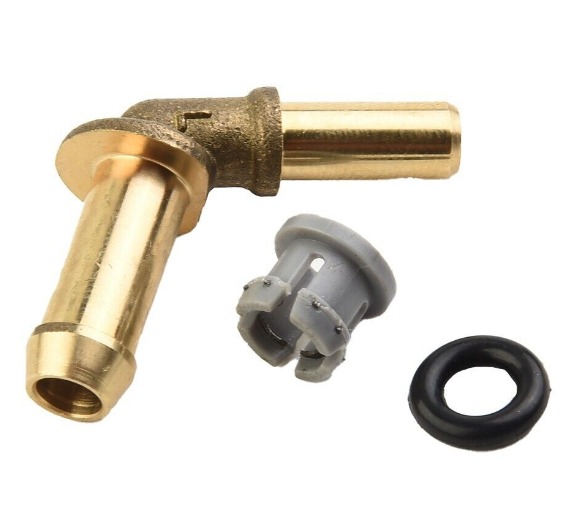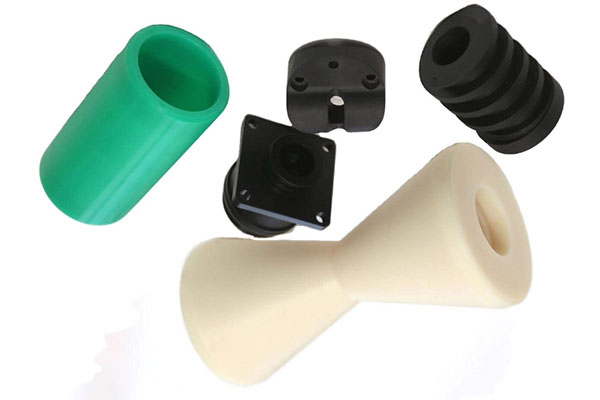Manufacturers working with high-strength aluminum alloys often struggle with balancing machining efficiency, part quality, and material performance. When it comes to CNC machining AL7075 T73, the challenges are even more pronounced—this alloy’s exceptional strength can lead to rapid tool wear, while its sensitivity to heat during processing demands precise parameter control. This guide addresses these pain points, offering actionable insights into optimizing every stage of the machining process for AL7075 T73.
Material Properties and Characteristics of AL7075 T73
AL7075 T73 is a zinc-based aluminum alloy celebrated for its outstanding mechanical properties, making it a cornerstone in high-performance applications. Let’s explore its key attributes:
- Strength: Boasts a tensile strength of 510-540 MPa and a yield strength of 430-480 MPa, far exceeding many other aluminum alloys.
- Corrosion resistance: Superior to other tempers of 7075 (like T6), thanks to the T73 heat treatment which minimizes intergranular corrosion.
- Density: 2.81 g/cm³, offering a favorable strength-to-weight ratio—critical for weight-sensitive designs.
- Thermal conductivity: 130 W/(m·K), ensuring efficient heat transfer in thermal management applications.
- Mechanical properties: Excellent fatigue resistance (endurance limit of ~150 MPa) and good ductility (8-10% elongation).
- Workability: Moderate machinability; its high strength requires specialized tooling and parameters compared to softer alloys.
These properties make AL7075 T73 a go-to material where strength and reliability are non-negotiable.
CNC Machining Processes for AL7075 T73
Core Machining Operations
CNC milling, CNC turning, and multi-axis machining centers are the primary processes used to shape AL7075 T73. Success hinges on optimizing key variables:
- Cutting parameters:
- Spindle speed: 1000-3000 RPM for roughing; 3000-6000 RPM for finishing (with carbide tools).
- Feed rate: 0.1-0.25 mm/rev for roughing; 0.05-0.15 mm/rev for precision finishes.
- Depth of cut: 2-6 mm for roughing; 0.1-0.5 mm for finishing passes.
- Machining operations: Contour milling, facing, and threading are common, though tight corners require reduced feed rates to prevent tool chipping.
Overcoming Process Challenges
The high strength of AL7075 T73 can lead to increased cutting forces. To mitigate this:
- Use rigid machine setups to minimize vibration.
- Implement coolant systems with 5-10 bar pressure to reduce heat buildup and flush chips.
- Opt for climb milling over conventional milling to reduce tool wear and improve surface finish.
Tool Selection and Tooling for AL7075 T73
Choosing the Right Tools
Selecting appropriate tools is critical for efficient CNC machining AL7075 T73. Here’s a breakdown of options:
- Cutting tools: Carbide tools are preferred over high-speed steel (HSS) tools due to their superior hardness and heat resistance. Solid carbide end mills with 2-4 flutes work best.
- Tool coatings: Titanium aluminum nitride (TiAlN) coatings extend tool life by 30-50% compared to uncoated carbide, thanks to their high-temperature resistance.
- Tool geometry: Positive rake angles (5-10°) reduce cutting forces, while sharp cutting edges minimize work hardening of the material.
- Tool selection criteria: Prioritize tools with high wear resistance and rigidity; avoid long overhangs which increase vibration.
Managing Tool Wear
Tool wear is a significant concern when machining AL7075 T73. On average, carbide tools last 20-30% longer than HSS tools, with typical lifespans of 4-6 hours for roughing operations and 8-12 hours for finishing. Regular tool inspection (every 30-60 minutes) prevents poor surface finish and dimensional inaccuracies.
Surface Finish and Quality in AL7075 T73 Machining
Achieving Desired Surface Characteristics
Surface finish is a critical metric for AL7075 T73 parts, especially in applications where fatigue resistance or aesthetics matter. Key points include:
- Surface roughness: Achievable Ra values range from 0.8 μm (finish machining) to 3.2 μm (roughing). Fine finishing with low feed rates (0.05-0.1 mm/rev) and high spindle speeds (4000-6000 RPM) yields the best results.
- Finish machining: Employ light passes (0.1-0.3 mm depth of cut) with sharp tools to avoid material smearing.
- Inspection methods: Use profilometers for Ra measurement and visual checks under magnification to detect burrs or micro-cracks.
- Quality control: Implement statistical process control (SPC) to monitor surface finish consistency across production runs.
Applications and Uses of AL7075 T73
AL7075 T73’s unique blend of strength and corrosion resistance makes it indispensable in several industries:
- Aerospace components: Wing spars, fuselage frames, and landing gear parts—where high strength and fatigue resistance are critical.
- Automotive parts: Racing suspension components, drive shafts, and high-performance engine parts.
- Defense industry: Armor plating, weapon components, and tactical equipment.
- Industrial machinery: High-load gears, hydraulic manifolds, and structural brackets.
- Consumer electronics: High-end laptop frames and drone components (benefiting from its strength-to-weight ratio).
- Marine applications: Propulsion system parts and offshore equipment (thanks to improved corrosion resistance).
In aerospace, for example, AL7075 T73 reduces part weight by 20-25% compared to steel while maintaining required strength.
Heat Treatment and Post-Processing for AL7075 T73
The T73 Temper Process
T73 temper is achieved through a precise heat treatment sequence:
- Solution heat treatment: Heating to 460-475°C for 2-3 hours, followed by rapid quenching in water.
- Tempering: Aging at 110-120°C for 24 hours, then at 160-170°C for another 24 hours. This two-step aging process enhances corrosion resistance while maintaining high strength.
Post-Processing Steps
- Stress relief: After machining, parts may undergo low-temperature annealing (120-150°C for 1-2 hours) to reduce residual stresses and prevent distortion.
- Surface treatments: Anodizing (type II or III) improves wear resistance and aesthetics, while chromate conversion coatings enhance corrosion protection.
- Post-machining heat treatment: Avoid temperatures above 170°C, as this can soften the material and reduce strength.
Technical Specifications and Standards
Adhering to industry standards ensures AL7075 T73 parts meet performance and safety requirements:
- ASTM standards: Complies with ASTM B209 (for sheet and plate) and ASTM B517 (for forgings).
- ISO standards: Conforms to ISO 209.1 for chemical composition and ISO 6892 for mechanical testing.
- Machining tolerances: Achievable tolerances of ±0.005-±0.01 mm with high-precision CNC machines, though tighter tolerances may require secondary operations.
- Dimensional accuracy: Critical for assembly; verified using CMM (Coordinate Measuring Machine) with accuracy up to ±0.001 mm.
- Documentation: Requires material certificates (including heat treatment records) and inspection reports to meet aerospace and defense requirements.
Cost and Efficiency Considerations
Balancing Costs in AL7075 T73 Machining
While AL7075 T73 offers exceptional performance, its machining comes with cost considerations:
- Machining cost: 15-20% higher than machining 6061 due to longer cycle times and higher tooling expenses.
- Tool cost: Carbide tools cost 2-3 times more than HSS, but their longer life reduces overall tooling expenses by 10-15%.
- Production rate: Optimal spindle speeds and feed rates can achieve 20-30 parts per hour for small to medium components.
- Efficiency improvements: Using high-pressure coolant systems (50-100 bar) reduces cycle times by 10-15% by improving chip evacuation.
- Material utilization: Nesting parts in large sheets reduces waste, lowering material costs by up to 8-10%.
Comparisons with Other Materials
How does AL7075 T73 stack up against other common materials? Let’s compare:
| Material | Tensile Strength (MPa) | Corrosion Resistance | Density (g/cm³) | Machining Ease | Cost (Relative) |
| AL7075 T73 | 510-540 | Good | 2.81 | Moderate | High |
| AL6061 T6 | 310-340 | Excellent | 2.70 | Excellent | Low |
| Stainless Steel 304 | 515 | Excellent | 7.93 | Poor | Medium |
| Titanium Ti-6Al-4V | 900-950 | Excellent | 4.43 | Poor | Very High |
- 6061 vs. 7075: 7075 T73 offers 60-70% higher strength but is more expensive and harder to machine. 6061 is better for non-high-strength, cost-sensitive applications.
- Stainless steel vs. aluminum: AL7075 T73 is 65% lighter than stainless steel with comparable strength, making it ideal for weight reduction.
- Titanium vs. aluminum: Titanium is stronger but 58% denser and much more expensive; AL7075 T73 provides a cost-effective alternative in many high-strength applications.
Yigu Technology’s Perspective
At Yigu Technology, we specialize in CNC machining AL7075 T73 for aerospace and defense clients. Our experience shows that using TiAlN-coated carbide tools with a spindle speed of 4000 RPM and feed rate of 0.15 mm/rev delivers optimal balance of tool life and surface finish. We prioritize strict quality control, including 100% CMM inspections and corrosion testing, ensuring parts meet the stringent standards of high-performance industries.
FAQ
- How does AL7075 T73 differ from AL7075 T6?
AL7075 T73 offers superior corrosion resistance and better fracture toughness than T6, though it has slightly lower strength. T73 is preferred in applications where corrosion resistance is critical.
- What is the best cutting fluid for machining AL7075 T73?
Water-soluble coolants with extreme pressure additives are ideal, as they reduce friction and heat buildup, extending tool life by 20-30%.
- Can AL7075 T73 be welded?
Welding is possible but challenging due to its high zinc content, which increases crack sensitivity. TIG welding with 4043 filler metal is recommended, followed by stress relief annealing.
